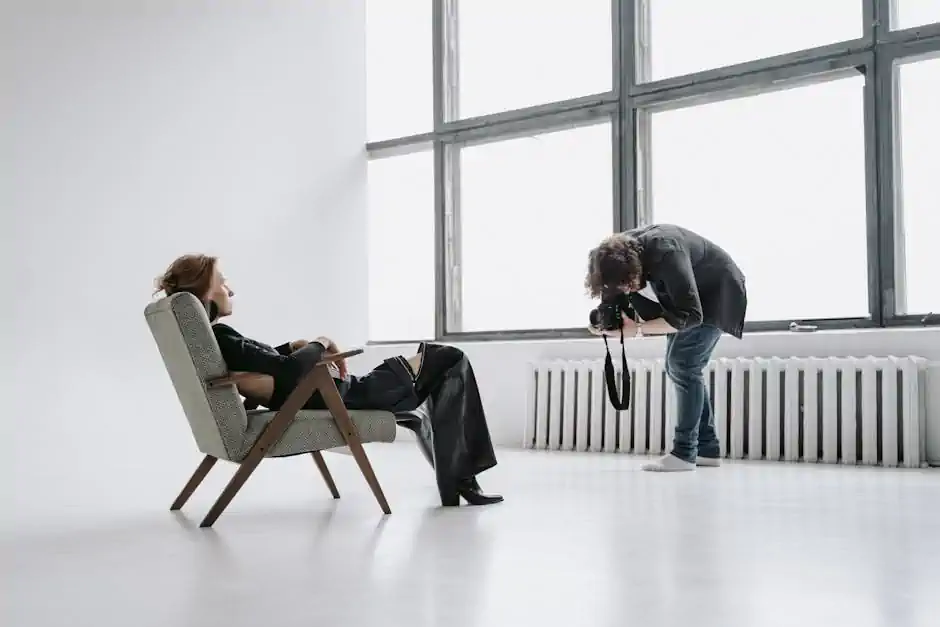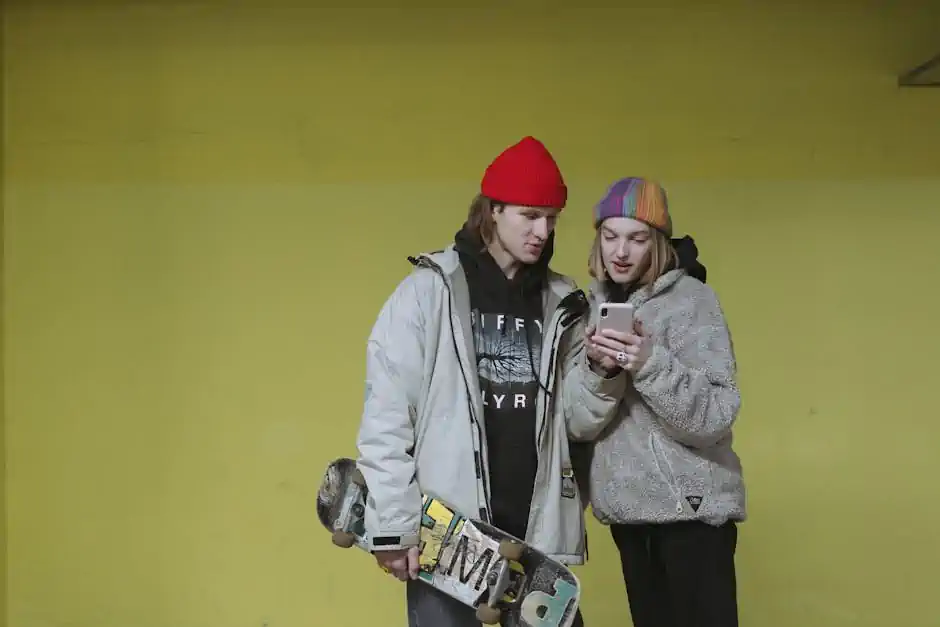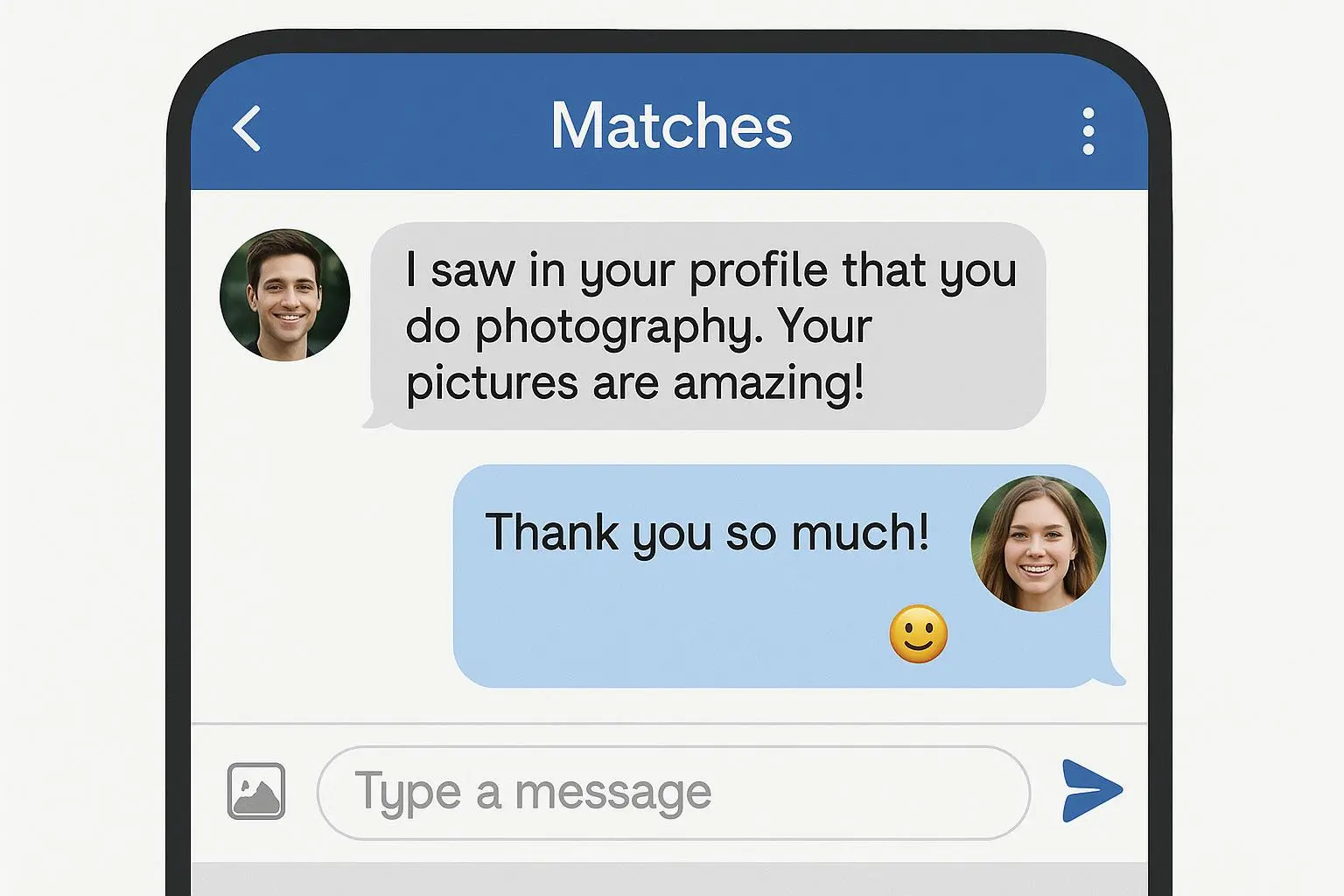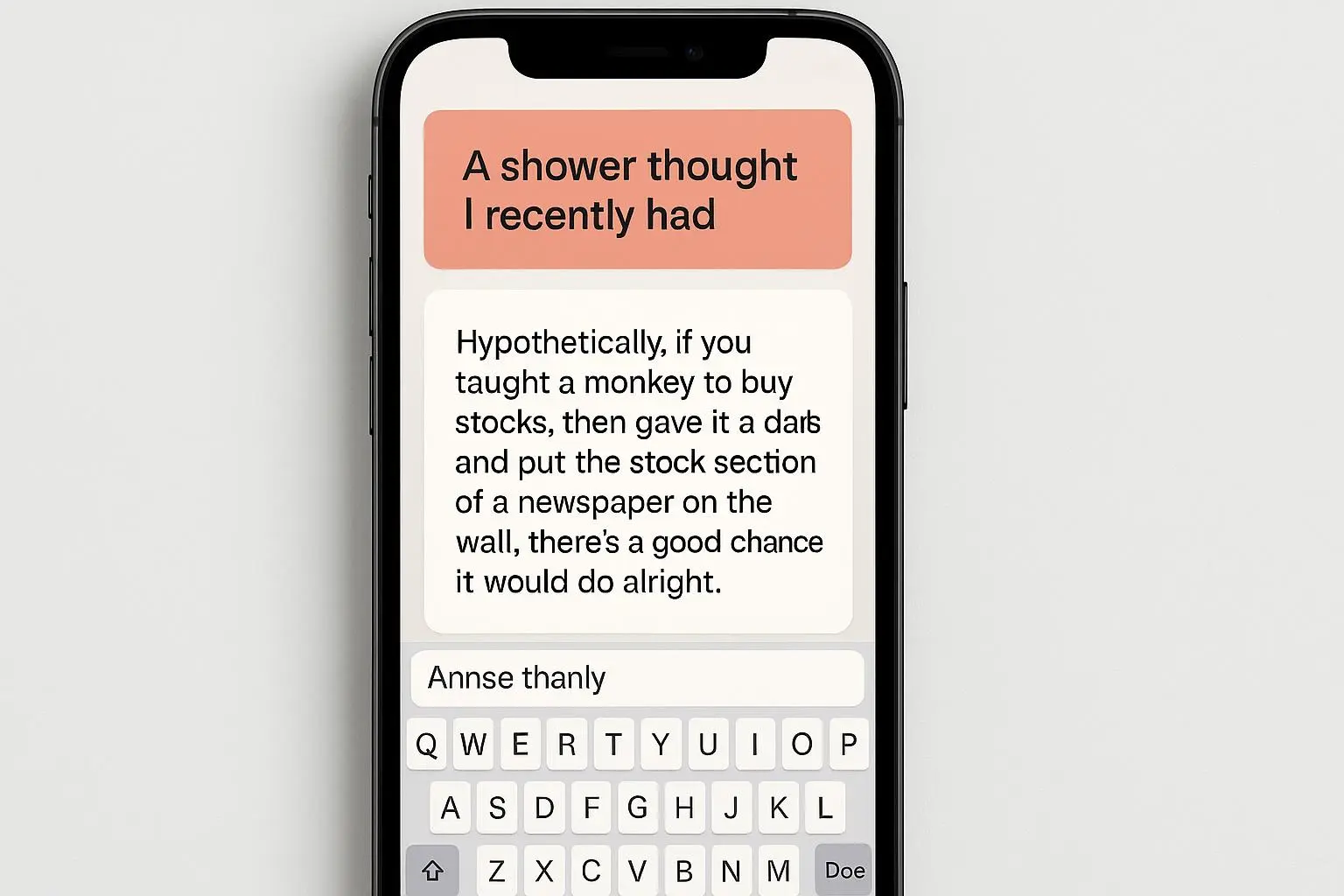
AI-Powered Photo Analysis: What Your Dating Profile Pictures Really Say
Published on 10/6/2025 • 7 min read
Your dating profile photos are doing more talking than you realize. Within 3 seconds, potential matches form judgments about your personality, lifestyle, and date-worthiness—all before reading a single word of your bio. But here's the thing: most people have no idea what their photos are actually communicating.
Quick answer: AI photo analysis evaluates dating profile pictures based on lighting quality, facial expression, composition, background elements, and overall visual appeal. Tools like Rizzman's AI photo rating can identify subtle issues (harsh shadows, closed-off body language, distracting backgrounds) that reduce your match rate by up to 40%.
Why your photos matter more than ever
In 2025, dating apps are more competitive than ever. Research shows that profiles with optimized photos receive 230% more matches than those with poorly chosen images. But "optimization" isn't about filters or fake perfection—it's about understanding what works.
Studies confirm that profile photos dominate viewer attention and shape first impressions within seconds, often outweighing textual information in forming judgments about attractiveness, trust, and compatibility.
Traditional advice ("smile more," "show your hobbies") is vague and often contradictory. AI changes this by providing specific, data-driven feedback on what's actually holding your profile back.
What AI sees in your dating photos
Modern AI photo analysis evaluates dozens of factors that human eyes might miss:
Lighting and technical quality
- Harsh shadows: AI detects unflattering shadows that obscure facial features
- Overexposure: Blown-out highlights that wash out your appearance
- Low light grain: Pixelation and noise that signal low effort
- Color temperature: Warm vs. cool tones and their psychological impact
Poor lighting is the #1 issue AI catches in profile photos—and it's completely fixable.
Facial expression and approachability
AI analyzes micro-expressions that communicate openness versus guardedness:
- Genuine vs. forced smiles: Algorithms detect authentic Duchenne smiles (eyes + mouth)
- Eye contact: Direct gaze signals confidence and connection
- Head tilt and angles: Subtle positioning that affects perceived friendliness
- Relaxed vs. tense features: Jaw clenching, forehead tension, forced expressions
Most people think they're smiling naturally—AI often reveals otherwise.
Research shows that smiling is reliably associated with perceptions of approachability and positivity, with AI algorithms detecting cues to personality traits like extraversion and trustworthiness through facial features and emotional tone.
Composition and framing
The technical aspects of photography matter:
- Rule of thirds: Proper subject positioning creates visual balance
- Headroom: Too much or too little space above your head
- Cropping: Whether you're too close, too far, or cut off awkwardly
- Background clutter: Distracting elements that pull attention away from you
AI detects compositional issues that make photos feel "off" without people knowing why.
Context and lifestyle signals
Beyond technical quality, AI evaluates what your photos say about your lifestyle:
- Activity photos: Are you shown doing interesting things or just posing?
- Social proof: Do you have friends in some photos (without making them the focus)?
- Environment: Beach, city, home—what does your setting communicate?
- Outfit choices: Colors, fit, and style that align with your target audience
Studies reveal that individuals deliberately select images to project desired traits, sometimes exaggerating lifestyle elements to signal outgoingness or manage privacy, with AI differentiating between authentic trait signaling and strategic self-presentation.
Common photo mistakes AI catches
After analyzing thousands of dating profiles, here are the most frequent issues:
The bathroom selfie problem
Why AI flags bathroom selfies:
- Poor lighting (fluorescent overhead)
- Distracting background (toiletries, towels, mirrors)
- Low-effort perception (couldn't find someone to take a photo?)
- Unflattering angles (looking down at phone)
Fix: Use your phone's timer and a windowsill "tripod" for natural light self-portraits.
The sunglasses trap
Sunglasses hide your most expressive feature—your eyes. AI data shows profiles with 2+ sunglasses photos get 35% fewer matches.
Rule: Maximum one sunglasses photo, and make sure your first photo shows your eyes.
Group photo confusion
AI can detect when you're in a group, but humans still have to play "Where's Waldo?" Studies show group photos as your primary image reduce swipe-right rates by 42%.
Fix: Use the solo photo maker or crop tool—or better yet, get a dedicated profile shot.
The "too serious" face
Neutral or stern expressions signal unapproachability. AI consistently ranks friendly, genuine smiles 3-4x higher for perceived attractiveness.
Fix: Think of something that makes you genuinely happy right before the photo—AI can tell the difference.
How AI photo rating works
Modern AI photo analysis tools (like Rizzman's photo rating feature) use computer vision models trained on millions of successful dating profile images. Here's the process:
- Upload your photos: Add your current profile pics or candidates you're considering
- AI analysis: Algorithms evaluate 50+ visual factors in seconds
- Scored feedback: Each photo gets rated with specific improvement suggestions
- Comparison insights: See how your photos stack up against high-performing profiles
The result? Data-driven guidance that tells you exactly which photos to use and why.
Real-world impact of photo optimization
Case study data from Rizzman users shows dramatic results:
- Sarah, 28: Swapped her dim indoor selfie for an AI-recommended outdoor portrait → 3x more matches in week one
- Marcus, 31: Replaced sunglasses photos with clear eye contact shots → 180% increase in conversation starters
- Jenna, 26: Added an AI-suggested action photo (hiking) → Matches tripled, conversation quality improved
The common thread? They stopped guessing and started using data.
Beyond just "rating" photos
The best AI tools don't just score your photos—they teach you why certain images work. Over time, you develop an eye for what makes a strong dating profile photo:
- Natural lighting creates warmth and approachability
- Genuine expressions build trust and connection
- Clear composition keeps focus on you
- Variety shows depth and personality
This knowledge applies to every photo you take moving forward.
Getting started with AI photo analysis
Ready to see what your photos are really saying? Here's how to use AI for immediate improvement:
- Gather your current photos: Collect every photo you're using or considering
- Get AI feedback: Use Rizzman's free photo rating to score each image
- Identify gaps: Look for patterns (all indoor? no smiling? too many sunglasses?)
- Take action: Shoot new photos addressing specific AI feedback
- Test and iterate: Compare new photos against old ones with AI analysis
The difference between a mediocre and exceptional dating profile often comes down to 2-3 photo swaps.
The human + AI advantage
AI photo analysis isn't about becoming fake or manufactured—it's about presenting the best, most authentic version of yourself. Think of it like having a professional photographer's eye available 24/7, without the awkwardness or expense.
Your personality is unique. Your humor is real. Your interests are genuine. AI just helps make sure your photos aren't accidentally hiding all of that behind bad lighting and unflattering angles.
Ready to optimize your profile?
Stop wondering why you're not getting matches. Let AI show you exactly what's working (and what's not) in your dating profile photos.
Try Rizzman's AI photo rating now and get instant, actionable feedback on every photo. Upload, analyze, and watch your match rate climb.
Your next great connection might be just a photo swap away.
References
Photo by Tima Miroshnichenko from Pexels
Ready to Optimize Your Dating Profile?
Get the complete step-by-step guide with proven strategies, photo selection tips, and real examples that work.


